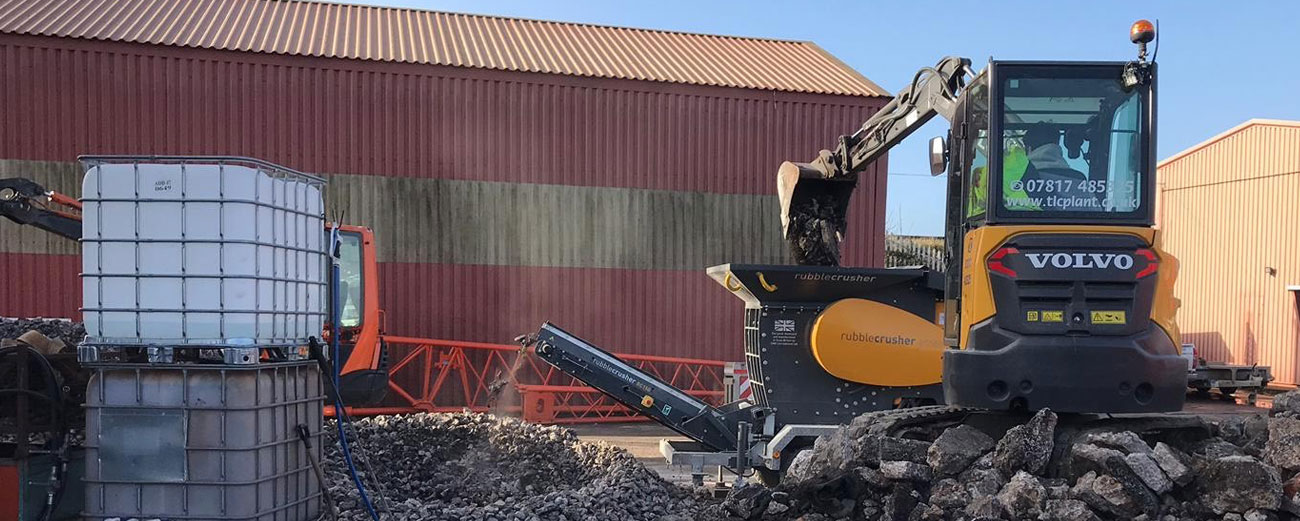
When removing a pool, you should consider several factors. The most obvious aspect is the cost. Cost depends on the type and size of the pool to be removed, as well as the location. You will also have to consider the time and effort it takes to get the job done.
It might be worthwhile to hire someone to do this job. They can get you a permit to remove your pool and ensure that everything is correctly set up. This will save you both time and money over the long-term. Depending on where you live, you can expect to pay around $50 to $250 for a permit.
If you intend to relocate your pool, you will need the concrete floor and decking removed. This will require heavy equipment and a truck. Once debris is removed, you can begin pool removal. Next, you will need to break down the pool. This won't take too long. It may be necessary to take out some of the coping or decking. The crew will remove it and break it down.

You can also choose to turn your pool into a garden. You can plant flowers, plants, and shade trees. There are also options to add walkways or vegetable gardens. This will enhance the beauty of the entire area. When you are selling your house, you'll need to make the pool site public. This will help avoid liability issues if anyone is injured.
The utility lines will also need to be addressed during the project. Your contractor will need locate and connect any buried lines. The contractor will also need to drain and prepare the pool for removal. It is possible to expect to spend a lot on this if you don't have the skills. A permit may be required. It may cost between $50 and $250 depending on where you live.
You'll need to decide whether you want to get rid of the entire pool, or just a section. The pool must be removed entirely. If the pool is not completely removed, backfilling will be necessary. If you don't have enough room, you can leave some concrete in its place.
This is a great way to create large open spaces in your yard. Similar to the partial filled-in method but you must make the pool site public when you sell your house.

The most expensive and time-consuming task of removing your swimming pool is the complete one. To remove your swimming pool, you will need to have the deck removed, the pool drained, and the area compacted. The area will then receive new dirt, gravel and a final coat. Choose earth that is easy to move and doesn't compress too much. After that, you will need a solid surface to place the soil. You can cover the area with grass seed and blackberry bushes.
FAQ
Is it better for floors or walls to be done first?
It's important to know what you want to accomplish before you start any project. It is crucial to plan how you'll use the space, what people will use it for, and why. This will help determine if flooring or wall coverings are best.
If you have decided that you want to create an open plan kitchen/living area then you may choose to install flooring first. Wall coverings can be used if the intention is to keep this area private.
How many times do I need to change my furnace filter?
The answer will depend on how often your family is going to use your heating system. You may need to change your filter more frequently if the temperature drops and you plan on being away from home during colder months. But if you do not often go outside, it may be possible to wait longer between changing your filter.
A furnace filter typically lasts for three months. This means you should change your furnace filters once every three months.
You can also check the manufacturer's recommendations for when to change your filter. While some manufacturers recommend replacing your filter once per heating season, others recommend waiting until there is visible dirt buildup.
Can I renovate my whole home myself?
Why pay someone to do it for you when you can do it yourself?
It doesn’t matter how much DIY is your passion, sometimes it can be difficult to do the job yourself. You might not be able control many of the variables.
A qualified electrician would be required to check the safety and reliability of your electrical system if you live in an older house.
Be aware that structural damage might be too costly for you to repair during the renovation.
It is possible that you don't have the right tools or the knowledge to do the job correctly. For instance, if you are planning to install a new kitchen sink, you'll need to buy a special tool called a plumber's snake which is used to clear clogged pipes.
You will also need a licensed plumber to work on your plumbing project.
You must be confident in your abilities before you attempt such a difficult task.
If you aren't sure if you have the skills or knowledge to tackle the task, get help from your family and friends.
They can give you advice on what steps you need to take and where you can go to learn more about the subject.
Statistics
- According to the National Association of the Remodeling Industry's 2019 remodeling impact report , realtors estimate that homeowners can recover 59% of the cost of a complete kitchen renovation if they sell their home. (bhg.com)
- A final payment of, say, 5% to 10% will be due when the space is livable and usable (your contract probably will say "substantial completion"). (kiplinger.com)
- Most lenders will lend you up to 75% or 80% of the appraised value of your home, but some will go higher. (kiplinger.com)
- The average fixed rate for a home-equity loan was recently 5.27%, and the average variable rate for a HELOC was 5.49%, according to Bankrate.com. (kiplinger.com)
- They'll usually lend up to 90% of your home's "as-completed" value, but no more than $424,100 in most locales or $636,150 in high-cost areas. (kiplinger.com)
External Links
How To
How to renovate an older house
Before you start, it is essential that you decide which type of renovation project to undertake. This could include everything from simply updating your kitchen appliances to completely transforming the whole house into something new.
Once you've decided what sort of renovation you want to carry out, then you need to think about how much money you have available to spend. You may find that your funds are not sufficient to cover the whole project. If this is true, you will need to make hard decisions about which areas you can afford to fix and which ones you won't.
Before you make the decision to carry out renovations, there are some things that you should do. You must ensure you have all the permits needed for the job. You might also need to check whether you need planning permission for certain types or work. You might have to apply for building permission if you want to add an extension to your home.
It is a good idea to verify with the local council before you begin work on your house. Also, check whether you need planning permission for each part of the house that you intend to renovate. You might also need to check with your insurance provider if you are undertaking major work such as installing a roof.
After obtaining all permits, the next step is to select the right tools and materials. There are many options so make sure you take your time and research each one thoroughly. Most people use wallpaper paste, paint, flooring, tiles and carpets for their renovation projects.
It is important to evaluate the quality of these items when you are shopping for them. Cheap products tend to last only a short period of time, whereas good quality products will usually last longer and provide better value for money. When you are buying any item, ensure that you only purchase what is necessary for the job. It's important to not buy too much. You could waste valuable resources and end up with a lot of wasted material. Try to only buy what you actually need.
Once you have chosen the materials, it is time to plan where you will store them while you work on the property. You might need storage space if you are renovating large areas of your house. You can also ask family and friends to help move your items.